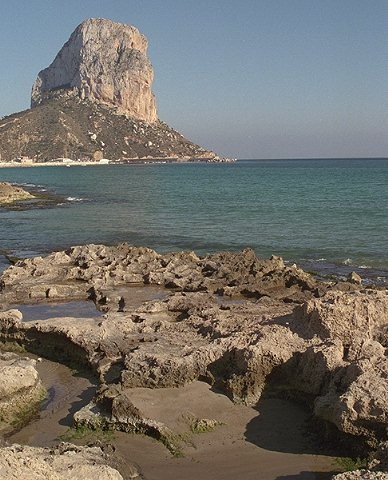The Forum
The forum was made with two Insulae put together. There are a few temples in the Forum. They are the temples of Jupiter, Juno and Minerva. The other side of the forum was a place to meet for people. They could be found in every town. In Italy the milestones indicated the distance of the closest Forum. People went there to listen to Roman government people to find out what is happening. People also went to speak to their friends. The area where they spoke was the centre court yard. There is a Basilica for the court. The forum was a place for bankers to stay and other important people. There was a second floor were the offices were. These were for business men and people in that line of work.
The marketplace with shops and taverns
Taverns and shops could be found along streets in the towns. A tavern sold drinks, snacks and other things. They used scales to measure the amount of objects that people would buy. Taverns had a kind of bar were they put the merchandise so that people could buy things. They had jars in them for the ingredients to bread and all the other stuff they sold. The market was the place outside where the shopkeepers sold their goods. They sold things like food or wine and they could buy a few things in the area.
Near the market there were some bakeries. They made bread there. They put wheat in a mill that was turned by workers. The workers turned the mill to grind the wheat. When they did that they made the pastry and then they put it in kilns. The Kilns were made of stone. They normally had a fire burning below a stone platform where the bread was cooked. Sometimes stone chips were in the bread so the teeth of the people got used up as they ground on the stones.
Near a market there were warehouses to store grain and merchandise. They stored wheat on elevated wood panels 60
centimetres over the floor so that the wheat did not rot. This allowed air to circulate freely around the wheat. They buried jars of oil in the soil because of the humidity and coolness or as it was not as hot as above the ground. This can be seen in Pompeii like some which I have in photographs.
Fountains
Romans had a lot of fountains. Some were built to wash and others for the gods. They were sometimes built to use the excess of water coming out from aqueducts. The ones which were for the cleaning were large. Women went to them with there dirty clothes to wash them. This was sometimes a time to speak to friends while doing it. They were also used to drink from. You went there with an Amphore and filled it with water ant then you could bring it home. The fountain in Rome called Trevi fountain is built for Neptune. The Trevi fountain is believed to have some magic. It is said that if you throw a coin over your shoulder and wish for something it will happen. It is believed that if you throw in a coin over your shoulder into it then your wish come true.
Thermes and Baths

Roman villa in Calpe, Spain: Baños de la Reina
The Romans went to work the morning and then the afternoon they went to the baths. When they arrive at the baths they got a layer of oil put on them. The baths were where the Romans went to relax and do sports. When they had finished they then went to the Tepidarium which was a warm room. They went there and met their friends there. There were some workers that brought snacks to the people in the baths. When he had had enough they then went to the Caldarium which was a hot steamy place. The people scraped the oil off themselves by using a metal implement which was curved and was called a Strigil. When they had done that they then went to a water basin and splashed themselves. They then went to the Frigidarium to swim and to close the skin pores to prevent getting sick. When they had finished they then got massaged and at the same time they got perfume and oils rubbed into the skin. They then left the baths after they had finished or went to walk around the Thermae.
The water for the baths was heated by a large fire under huge water tanks. The water tanks flowed over into the baths so that they were warm enough. There was a runoff which was used in other colder pools. They piped the water through the walls and under the floors so that they could warm up the rooms enough. It was also used in rich households so that it was heated and controlled.
A house in town?

A house in town was built to be comfortable. The front of the house used to be shops so that people could not look into it. It had a few floors.
The ground floor had a shop in front so that people could not look into the rooms. There was also a peristyle which was a kind of garden where there was a country side painted on the wall at the back of the house. The inside was with an Atrium where people came in a courtyard. This is where the family met the guests or visitors. The Tablinum was a room like the living room. Some of the rooms on the ground floor were bedrooms and storerooms. The houses belonging to rich people had the same heating as the Baths.
Insulae
Most Romans preferred to live in town instead of the countryside. They built Insulae which were buildings where several families could live. These were like apartment blocks. There were many in Rome, towrds the end of the Roman empire.
